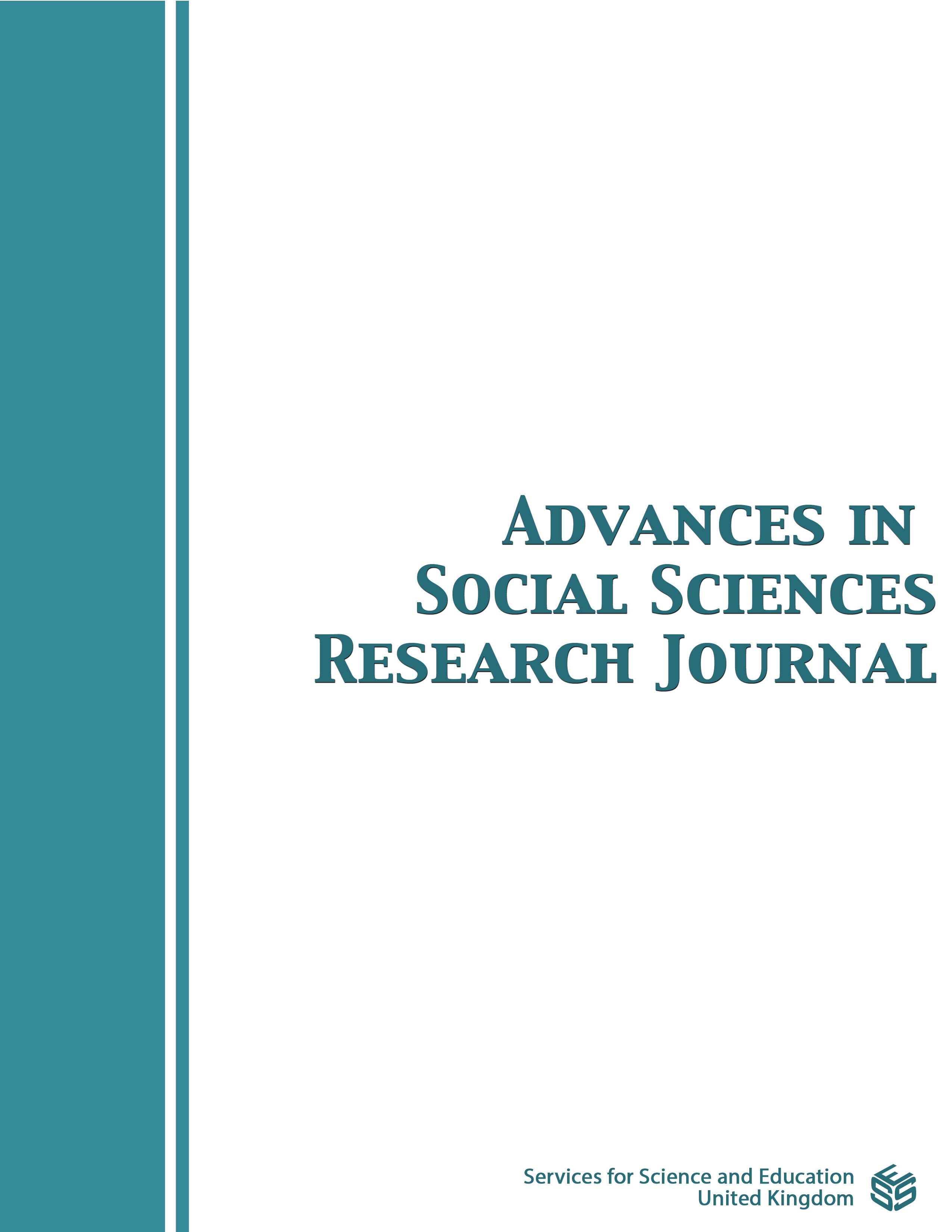Village Development Planning Strategy to Increase Community Welfare in Kimi Bay District, Nabire Regency
DOI:
https://doi.org/10.14738/assrj.88.10649Keywords:
Planning in Teluk Kimi, Mee PagoAbstract
The purpose of the study was to determine the development planning strategy in improving the welfare of the community in Teluk Kimi District, Nabire Regency. The research applied qualitative and descriptive reaserch methods to gather primary data. Sources of data gathering ranges from informants, events and documents review. The data collection techniques were done by means of interviews, observations and documentation. In Teluk Kimi District, Nabire Regency, there are 5 villages consisting of: 1, Samabusa Village; 2. Air Mandidi Village; 3. Kimi Village; 4. Lani Village; 5.Waharia village, with samples using purposive Snow Balling technique. As many as 43 respondents are local government, district government, village government and community leaders. Method of analysis applying SWOT analysis. The results of the study are, strategic planning for village development in Teluk Kimi District, Nabire Regency has several strategies that can be done in the village development prograns by utilizing majority of the population who are still of productive age. Increasing the capacity of village and community apparatus, Utilizing existing village facilities and infrastructure, exploring and developing potential nature to the maximum, Establish good cooperation and communication between institutions to achieve the village development mission, build priority facilities and infrastructure to support the community's economy, Improve the village economy through Village Owned Enterprises, Increase empowerment activities for the community, maintain order and security at the village well, Preserving local wisdom, arts and culture in the Mee Pago area in a heterogeneous environment in Teluk Kimi District, Nabire Regency.
Downloads
Published
How to Cite
Issue
Section
License
Copyright (c) 2021 Eduard Lodewyk Pesiwarissa

This work is licensed under a Creative Commons Attribution 4.0 International License.
Authors wishing to include figures, tables, or text passages that have already been published elsewhere are required to obtain permission from the copyright owner(s) for both the print and online format and to include evidence that such permission has been granted when submitting their papers. Any material received without such evidence will be assumed to originate from the authors.






